timareta
H.— timareta— timareta—– (W.C. Hewitson, 1867)
forms: contiguus (G. Weymer, 1890), virgata (H.F.E.J. Stichel, 1902), insolita (H.H. Riffarth, 1907), richardi (H.H. Riffarth, 1900),
strandi (H. Neustetter, 1928), peregrina (H.F.E.J. Stichel, 1909)
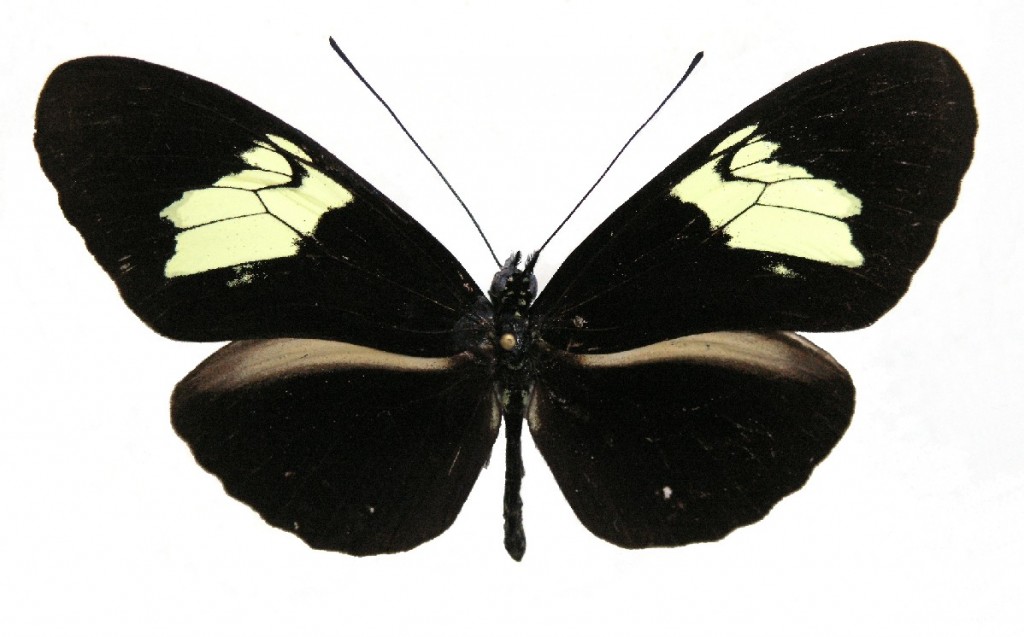
- MALE – Macas 1000m Morona Santiago Ecuador 8/2001
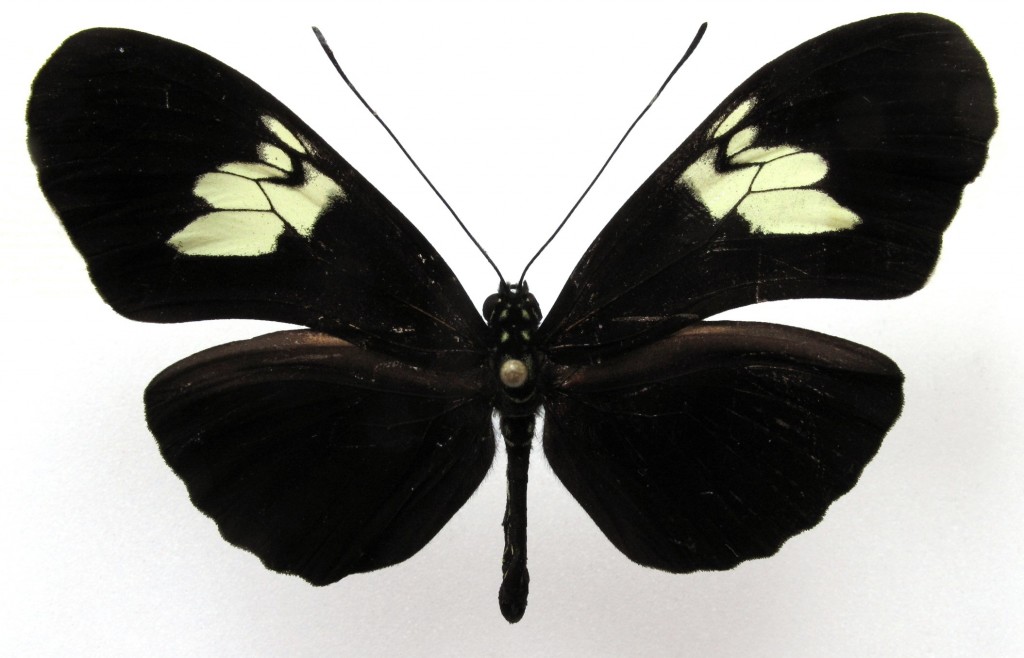
- FEMALE – Apuya Napo Ecuador 5/1991
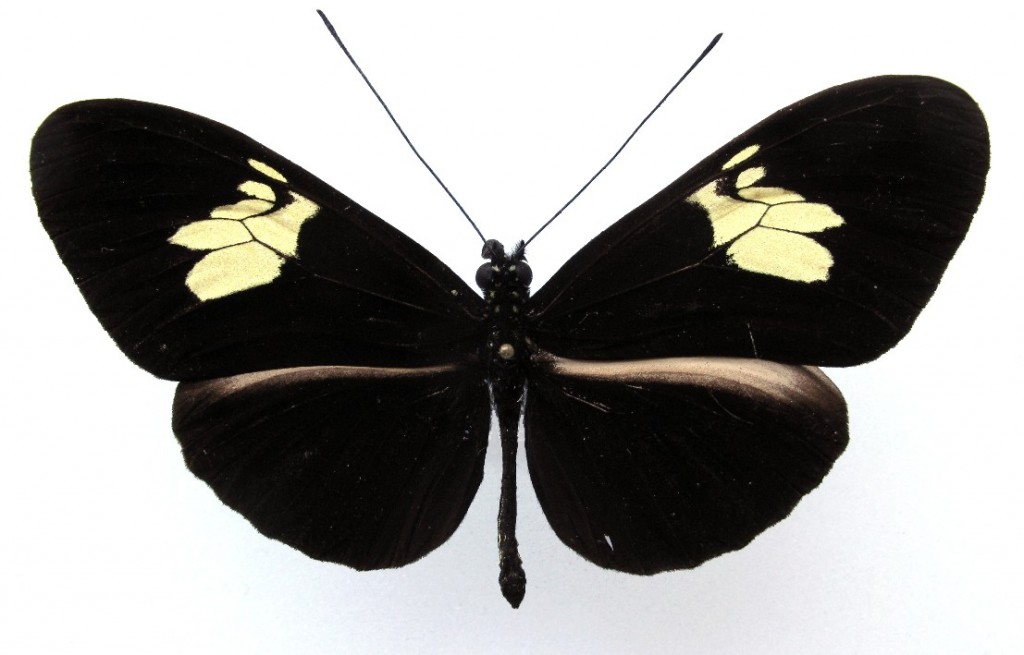
- MALE – Rio Topo Tungurahua Prov. 2000m Ecuador 2/2008
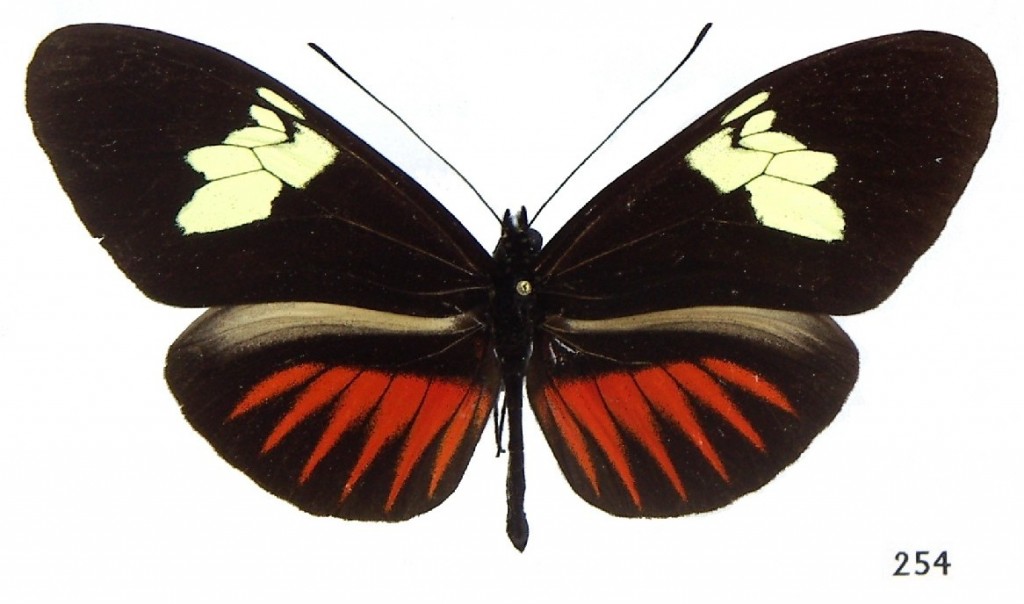
- f. contigua – Macas 1000m Morona Santiago Ecuador 9/2001
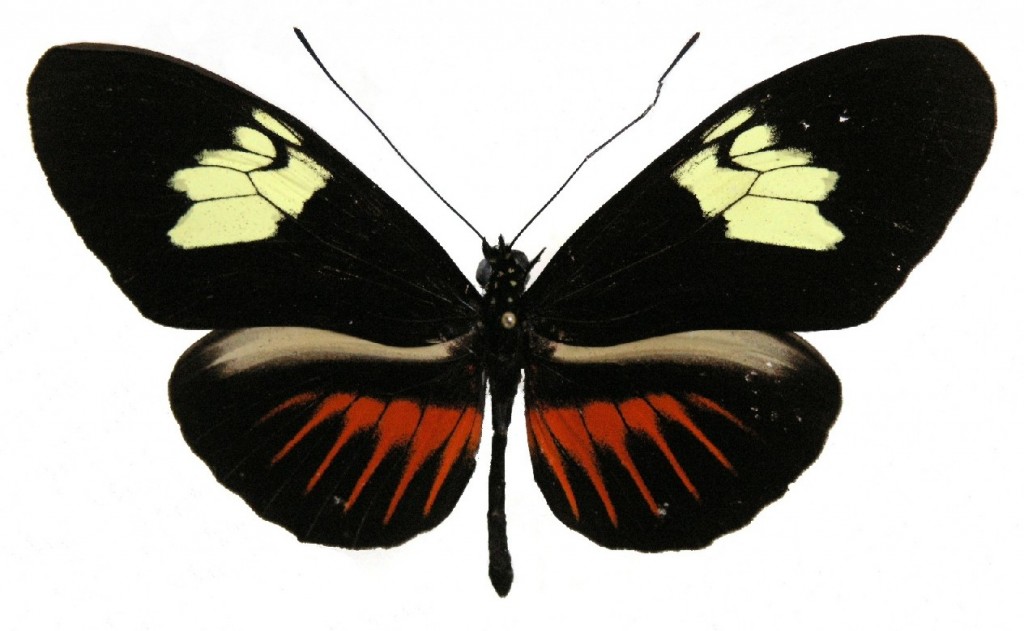
- f. contigua x virgata – Dept. Tungurahua 1200-1700m, Ecuador 8/2001
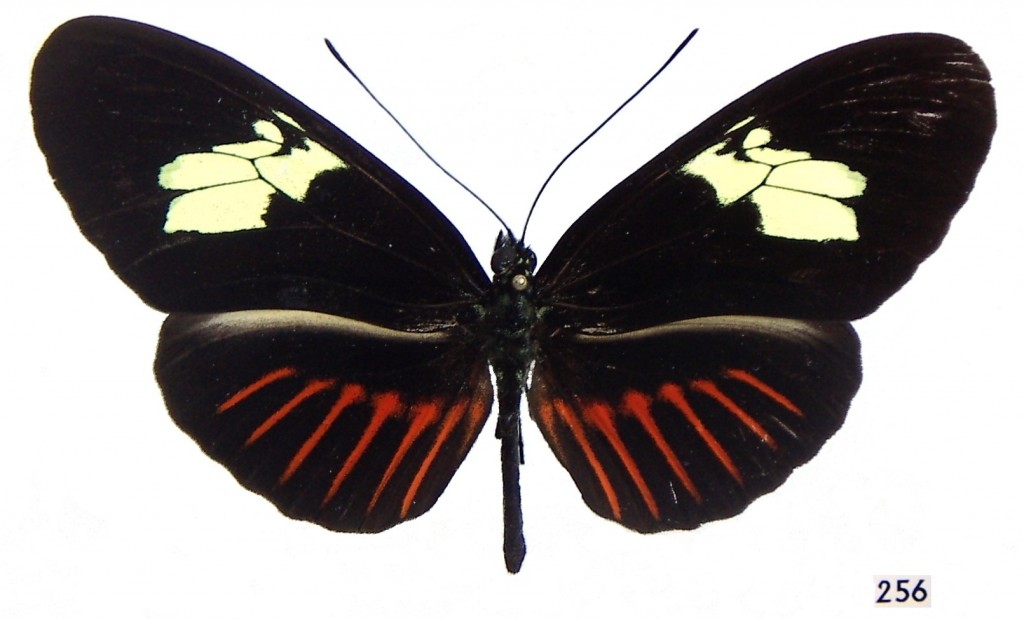
- f. virgata – Macas 1000m Morona Santiago Ecuador 8/2001

- f. insolita – Tungurahua 1800m Ecuador 3/2007
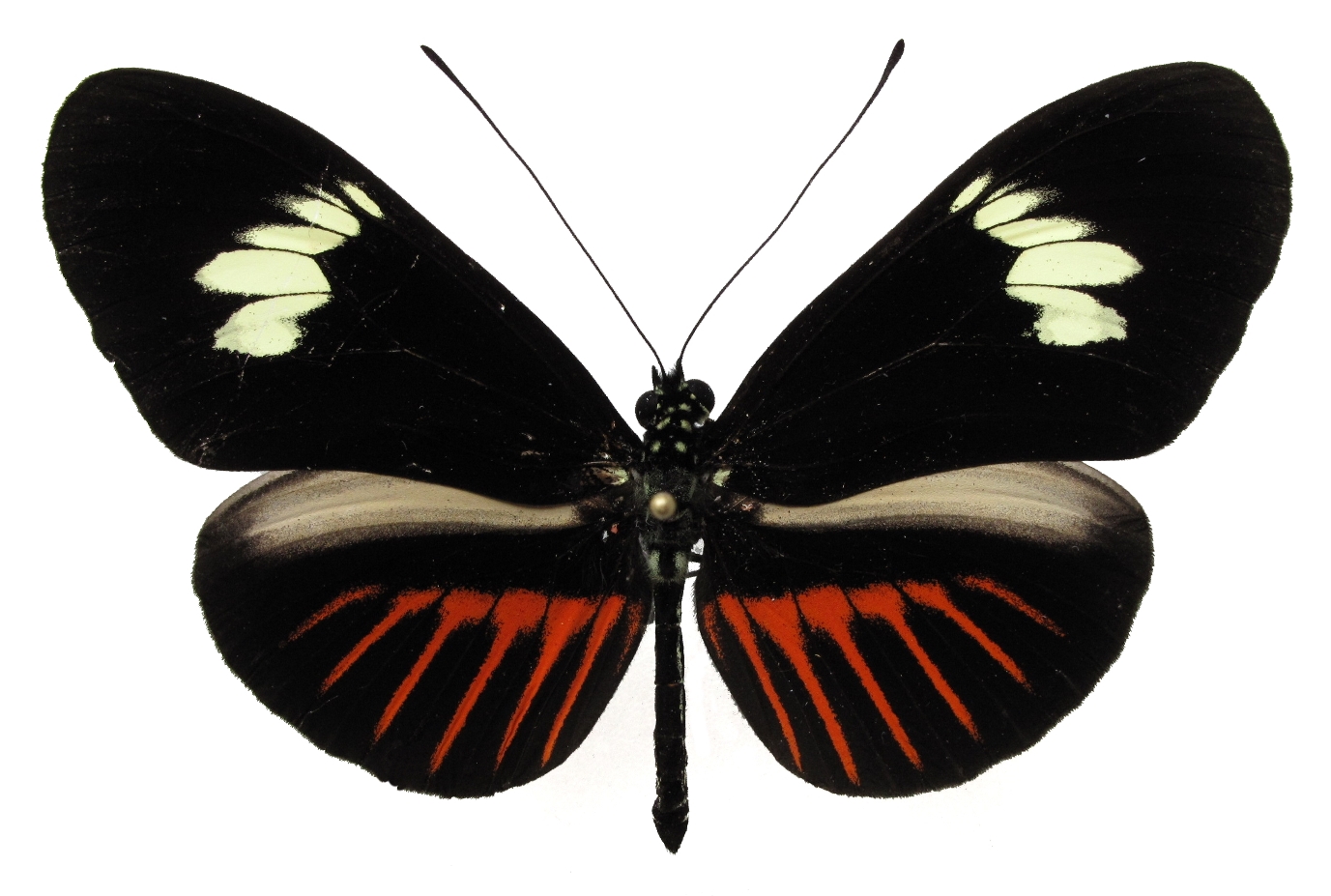
- f. insolita – Pichincha near Pacto 600-900m Ecuador 8/2013

- near f. strandi, H&H Pl. 34 4C – MALE – Mera Pastaza Ecuador 10/2010

- f. richardi – MALE – Pichincha – Pacto 600-900m Ecuador 8/2013

- f. richardi – FEMALE – Dept. Tungurahua 1200-1700m, Ecuador
H.— timareta— timoratus?—– (G. Lamas, 1998)

- f. undescribed – MALE – Zamora Chinchipe Pr. Cordillera del Condor Ecuador 12/2013

- idem VERSO
Holzingers’ book, page 118: “In the upper valleys of the Rio Santiago drainages between Macas and Zamora occurs a still undescribed subspecies—(Pl. 34, fig. 4a). in this subspecies the yellow fore-wing band is strongly reduced in width, situated completely outside the cell (Brown 1976, Holzinger & Brown 1982)”. In Holzinger & Brown 1982 this ssp is cited in the description of xanthocles zamora.
This coincides with those reported in Neil Rosser’s website: there are 5 blue triangles for n_ssp2 on the map, distributed between Zamora and Macas, and all referred to as “coleccion K. Brown 1979”.
This form flies in the same place of dennis-rayed timoratus, so could coincide with it (see black timareta timareta vs dennis-rayed timareta strandi/richardi).
However, according also to J.C. Petit, timoratus could be a “fake” ssp, since the whole timareta situation in Ecuador and outside is not fully defined, except pehaps for the ‘postman’ forms.
H.—timareta—thelxinoe—(Lamas & Mérot 2013) new ssp. page